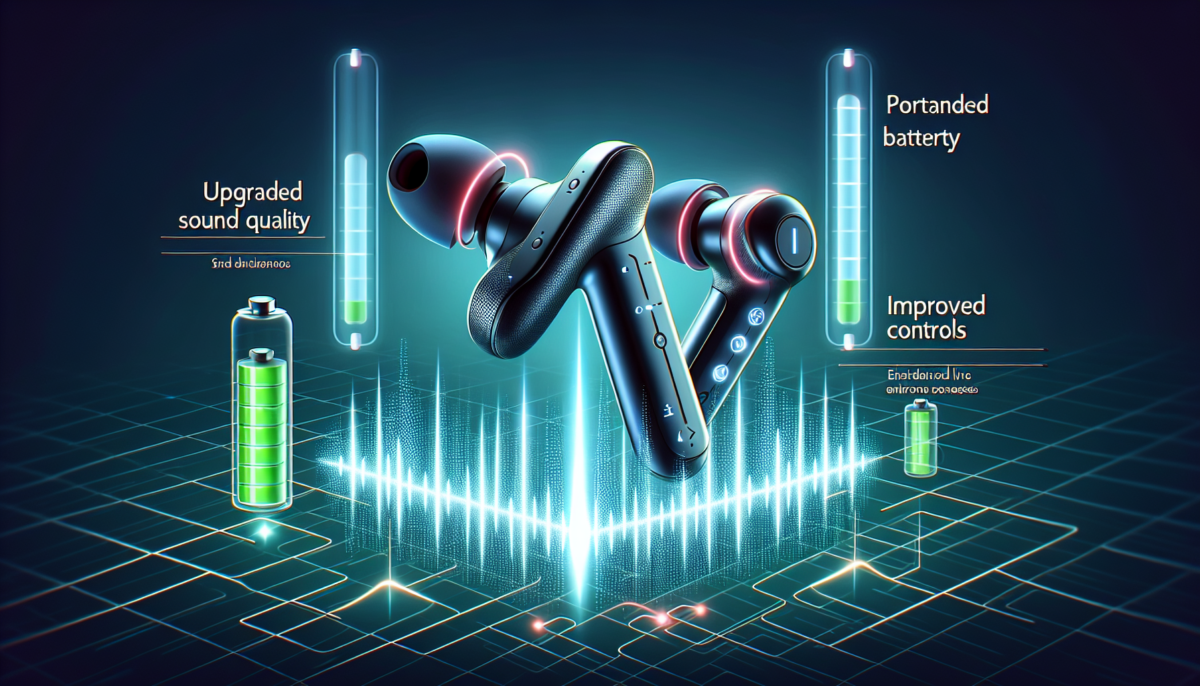- DroneShield has secured an unprecedented A$61.6 million contract with a military client in Europe.
- This contract surpasses DroneShield’s total revenue for 2024, signaling a notable increase in demand.
- Full delivery is projected by Q3 2025, with payments set for Q3 and Q4 2025.
- The company is broadening its presence in Europe by launching a new Centre of Excellence.
- DroneShield aims to achieve 65% European content in its regional sales.
- This agreement is in line with Australia’s Future Made in Australia initiative.
DroneShield’s Historic Contract
In a pivotal agreement, the Australian counter-drone tech firm DroneShield has landed its largest contract ever, valued at A$61.6 million. This substantial deal, comprising three contracts, is directed towards a European military client, representing a key milestone in the company’s growth path.
Exceeding Prior Revenue
The latest contract exceeds DroneShield’s entire projected revenue for 2024, which stands at A$57.5 million, showcasing a heightened interest in its cutting-edge technology. This agreement includes advanced handheld detection and counter-drone systems, along with necessary accessories.
Manufacturing and Delivery Schedule
DroneShield intends to fulfill the entire order by the third quarter of 2025, with payments expected during the third and fourth quarters of that year. This swift execution is supported by the company’s recent advancements in production capacity and inventory management.
Technological Advantages
DroneShield is focused on counter-drone solutions that integrate cutting-edge Radio Frequency sensing technology, along with Machine Learning and Sensor Fusion. Their proficiency in Electronic Warfare is augmented by rapid prototyping abilities, enabling them to efficiently create military-grade solutions.
Plans for European Growth
This notable contract aligns with DroneShield’s vigorous expansion into the European market. The firm is setting up a European Centre of Excellence, which will be its first manufacturing and in-house assembly site outside of Australia. This facility will concentrate on research and development, drone evaluation, and training, improving the company’s capacity to address the region’s defence requirements.
Key Elements of the European Strategy
New Production Capability: The new European facility will introduce a second manufacturing line, enhancing the company’s hardware output.
Heightened European Content: DroneShield plans to ensure at least 65% European industry content for certain sales, thereby qualifying for expanded regional procurement opportunities.
Meeting Regional Demand: The expansion aligns with initiatives like the €800 billion ReArm Europe Plan, targeting a market boasting over A$1.1 billion in active prospects.
A Triumph for Australian Exports
This agreement underscores the escalating worldwide demand for technology produced in Australia. In 2024, exports comprised 91% of DroneShield’s domestic production, highlighting the company’s crucial role in global markets. This achievement corresponds with the Federal Government’s Future Made in Australia initiative, as national defence expenditures are anticipated to double, reaching A$100 billion by 2034. DroneShield is strategically positioned to cater to both Australian defence priorities and those of its allies.
Conclusion
DroneShield’s unprecedented A$61.6 million contract with a European military client signifies a major milestone, reflecting the growing need for its counter-drone technology. The organization’s strategic expansion into Europe, coupled with its strong technological proficiencies, positions it well for forthcoming growth and accomplishments in the global market.
Q&A
Q: What makes DroneShield’s recent contract significant?
A:
The A$61.6 million contract represents the largest in DroneShield’s history, exceeding its projected revenue for 2024, and highlights the increasing popularity of its counter-drone technology.
Q: When is the fulfillment of the contract anticipated?
A:
DroneShield expects to deliver the complete order by the third quarter of 2025, with payments forecasted for the third and fourth quarters of that year.
Q: How is DroneShield advancing its business in Europe?
A:
The firm is establishing a European Centre of Excellence, which will function as a manufacturing and assembly base, concentrating on R&D, drone evaluation, and training.
Q: What does the Future Made in Australia initiative entail?
A:
The initiative seeks to enhance Australian-produced technology and defence capabilities, with national defence spending expected to double to A$100 billion by 2034.
Q: How does DroneShield’s technology function?
A:
DroneShield’s technology uses Radio Frequency sensing, Machine Learning, and Sensor Fusion to effectively identify and neutralize drone threats.
Q: What are the main components of DroneShield’s European strategy?
A:
The strategy encompasses establishing new manufacturing capabilities, boosting European content in sales, and addressing regional demand through plans like the ReArm Europe initiative.














